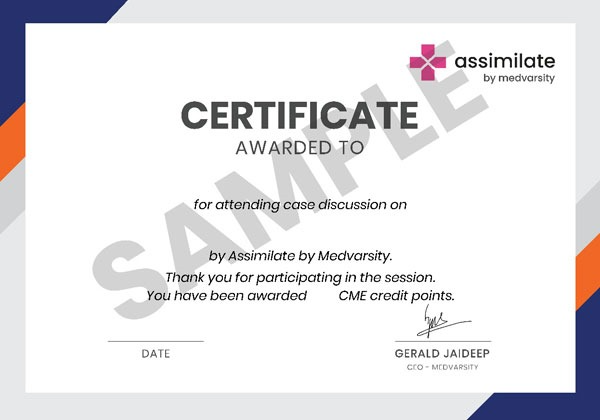Description
Cardiopulmonary Resuscitation (CPR) and Automated External Defibrillator (AED) use are critical life-saving skills. In cases of cardiac arrest, prompt action is crucial. Begin CPR immediately to maintain blood circulation and oxygen delivery to vital organs. CPR involves rhythmic chest compressions to pump blood throughout the body. Push hard and fast in the center of the chest at a rate of 100-120 compressions per minute. CPR often includes rescue breaths to provide oxygen to the victim. Follow the recommended compression-to-ventilation ratio, usually 30 compressions to 2 breaths for adults. AEDs are portable devices that can analyze the heart's rhythm and deliver a shock if needed. Locate and use an AED if available as soon as possible. Modern AEDs provide clear voice and visual instructions. Anyone can use them effectively after minimal training. Before starting CPR, check for responsiveness and call for help by dialing emergency services or having someone else do so. The chain of survival in cardiac emergencies involves early recognition and activation of emergency services, immediate CPR, rapid defibrillation with an AED, advanced life support, and post-resuscitation care.
Summary Listen
- Dr. Nimith discussed the importance of CPR revision, emphasizing the need for doctors to stay updated on current guidelines and promote awareness within their communities. He shared his personal inspiration for pursuing cardiology and highlighted the alarming rise in cardiac arrests among young people, stressing the crucial role of timely intervention.
- The presentation covered the basics of CPR, adhering to the "Doctor's ABCD" framework: Danger, Response, Shout for help, Airway, Breathing, CPR, and Defibrillation. It emphasized ensuring personal safety, assessing responsiveness, and calling for emergency assistance. Proper airway management techniques, including head-tilt chin-lift and jaw thrust, were explained alongside the importance of differentiating agonal breathing from normal respiration.
- CPR techniques were reviewed, focusing on chest compressions with appropriate rate (100-120 beats per minute) and depth (at least 2 inches but not exceeding 2.4 inches). The importance of continuous chest compressions and alternating operators to avoid fatigue was also noted. Defibrillation procedures were discussed, distinguishing between manual and automated devices. The necessity of clear communication and safety protocols during shock delivery was emphasized.
- Dr. Nimith highlighted the need to quickly identify and address reversible causes of cardiac arrest, known as the 4 H's (Hypoxia, Hypovolemia, Hypothermia, Hyperkalemia) and 4 T's (Thrombosis, Tamponade, Toxins, Tension Pneumothorax). He also emphasized that it is important to seek specialist help and to not be hesitant in that.
- He provided advice on managing failed chest scenarios and emphasized the continued need for CPR regardless of broken ribs. While discussing difficult airway management, he advocated for prioritizing oxygenation over prolonged intubation attempts and suggested using LMA as an alternative. He also discouraged mouth-to-mouth resuscitation with unknown patients.
Sample Certificate
About the Speakers


Comments
Comments
You must be logged in to leave a comment.